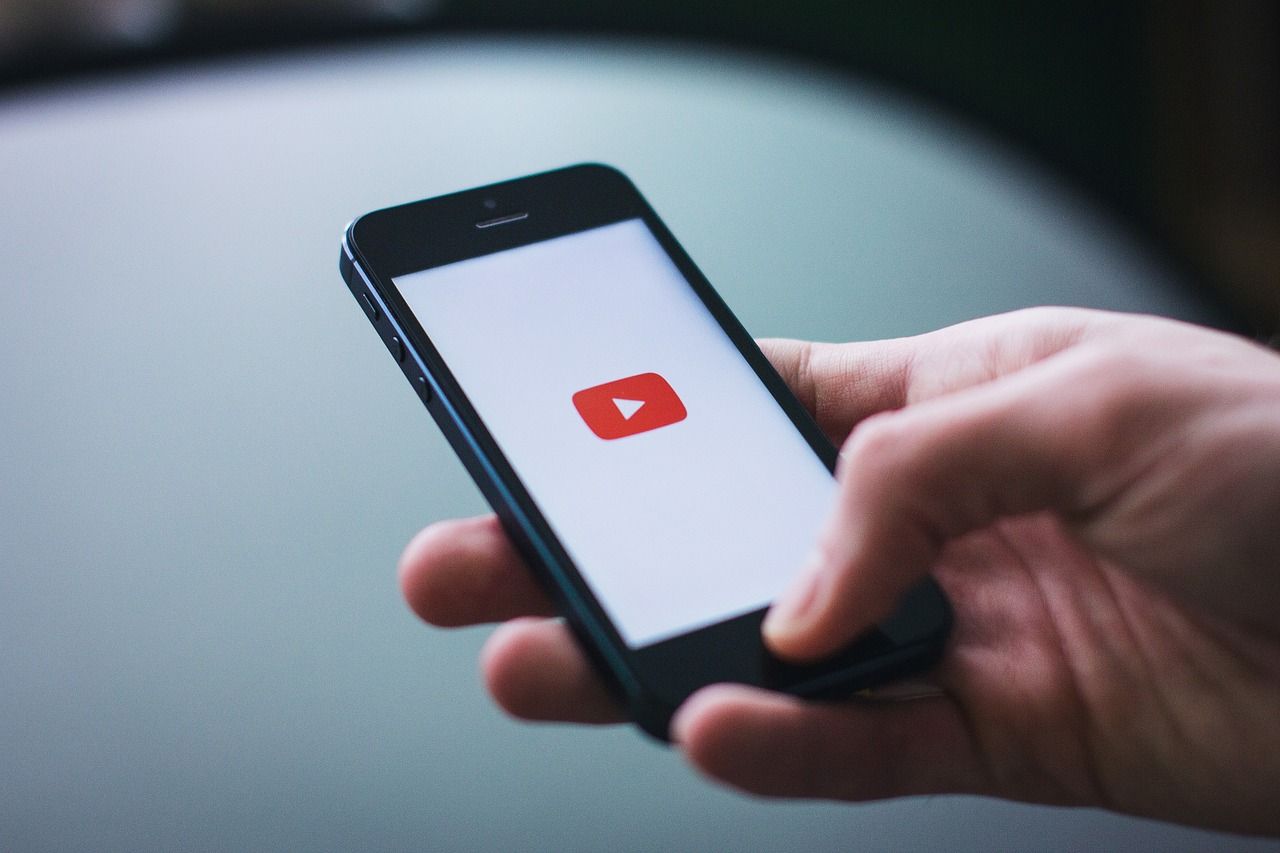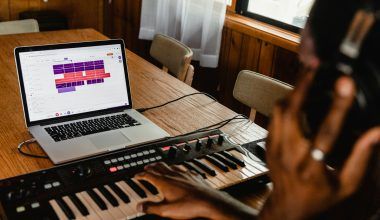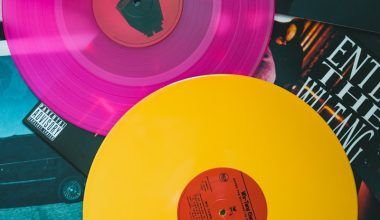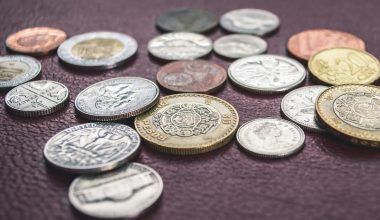Creating content for YouTube is an exciting journey. Whether you’re sharing vlogs, tutorials, or creative short films, adding music can make your videos stand out. But choosing the right music isn’t just about picking your favorite song. There are rules, guidelines, and best practices to follow. So, what music can you use on YouTube? Let’s break it down step by step.
Why Does Music Choice Matter on YouTube?
First, it’s essential to understand why picking the right music is so important. YouTube has strict copyright rules. If you use music you don’t own or have permission to use, your video could get flagged. This might mean losing ad revenue, or worse, having your video taken down.
On the bright side, using the right music can help set the tone of your video. It can make viewers feel excited, calm, or inspired—whatever mood you want to create. The key is knowing what music you’re allowed to use and how to find it.
What Is Copyright, and How Does It Apply to YouTube?
Copyright is a law that gives creators control over how their work is used. This includes songs, soundtracks, and even short jingles. When you upload a video to YouTube with copyrighted music, YouTube’s system, Content ID, scans it. If the music is protected, you might face consequences like:
- A copyright claim.
- Loss of monetization.
- Video blocking in some regions.
To avoid this, stick to music that’s either copyright-free, licensed, or in the public domain.
What Are Your Options for Music on YouTube?
You have several options when it comes to adding music to your videos. Let’s explore them one by one.
1. YouTube Audio Library
The YouTube Audio Library is a treasure trove of free music and sound effects. It’s available to all creators. The best part? You don’t have to worry about copyright issues. Here’s how to use it:
- Go to your YouTube Studio.
- Click on “Audio Library.”
- Browse through the tracks.
- Download the ones you like.
Some tracks may require attribution, meaning you’ll need to credit the artist in your video description. Always double-check before downloading.
2. Royalty-Free Music
Royalty-free doesn’t mean free of cost. It means you pay once to use the music as much as you want. Websites like Epidemic Sound, Artlist, and AudioJungle offer thousands of tracks. The advantage is that you’ll find high-quality music in various genres. Once you’ve paid for a license, you’re good to go.
3. Creative Commons Music
Some artists release their music under Creative Commons licenses. This allows others to use their work under certain conditions. For example:
- CC BY: You can use the music as long as you credit the artist.
- CC BY-SA: You must credit the artist and share your video under the same license.
- CC BY-ND: You can use the music without changes, but credit is required.
Always read the license details carefully. Websites like Free Music Archive and Jamendo are great places to find Creative Commons music.
4. Public Domain Music
Public domain music is free for anyone to use. Typically, this includes songs created before 1923 or those specifically released into the public domain. While these tracks are copyright-free, modern recordings of these songs might still be protected. Double-check the source before using.
5. Custom Compositions
If you want something unique, consider hiring a musician or composer. Platforms like Fiverr and Upwork connect you with talented professionals. This option might cost more, but it ensures your music is one-of-a-kind and perfectly tailored to your content.
6. Licensed Popular Music
Sometimes, you might want to use a popular song. While this is tricky, it’s not impossible. You can purchase a license to use popular music through platforms like Lickd. Keep in mind that licensing can be expensive and may only apply to specific uses.
How to Avoid Copyright Issues
Avoiding copyright issues isn’t as hard as it seems. Here are some tips to keep your content safe:
- Always read the terms and conditions of any music platform.
- Use YouTube’s Content ID system to check if your chosen track is safe.
- Never assume that uncredited music is copyright-free.
- Keep records of licenses and permissions in case of disputes.
Can You Use Free Music Websites?
Free music websites are tempting, but they come with risks. Always verify the licensing terms before downloading. Some reputable sites include:
- Bensound
- Incompetech
- Mixkit
These platforms offer free tracks, but many require attribution. Make sure to follow their guidelines to avoid issues.
What About Fair Use?
Fair use is a legal principle that allows limited use of copyrighted material without permission. However, fair use is complicated and depends on:
- The purpose of your video (e.g., educational or transformative).
- The amount of music used.
- Whether it affects the market value of the original work.
Because fair use is subjective, it’s better to avoid copyrighted music altogether unless you’re sure.
How to Add Music to Your YouTube Videos
Once you’ve chosen your music, adding it to your video is simple. Most video editing software allows you to import tracks and sync them with your footage. Popular tools like Adobe Premiere Pro, Final Cut Pro, and DaVinci Resolve offer user-friendly options for audio editing.
Final Thoughts
Finding the right music for your YouTube videos might take some effort, but it’s worth it. The right track can elevate your content and keep your audience engaged. Stick to music that’s legal to use, and always double-check licensing terms. By doing this, you can focus on what matters most: creating amazing videos that your viewers love.
So, what music can you use on YouTube? The answer lies in understanding your options, exploring resources, and making informed choices. Happy creating!
Related Articles:
For further reading, explore these related articles:
- Justin Bieber’s Popular Songs: A Journey of Musical Hits
- Indian Songs on Billboard – A Proud Moment for Indian Music
For additional resources on music marketing and distribution, visit Deliver My Tune.






